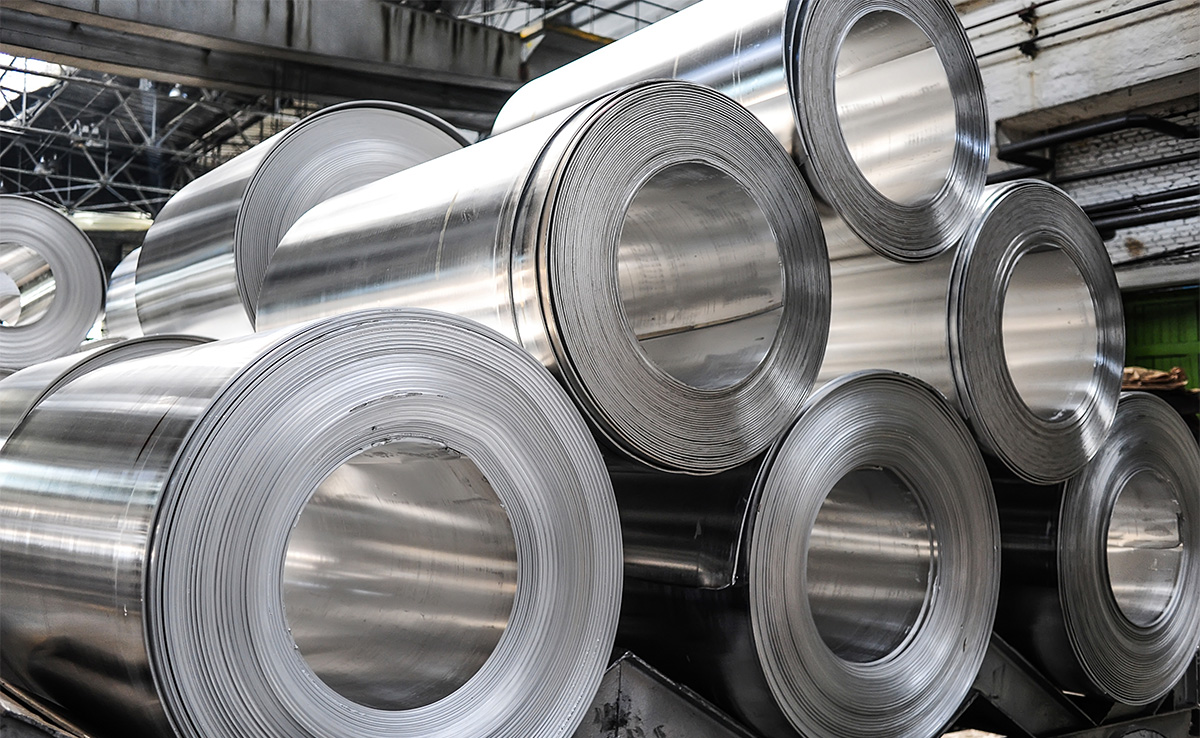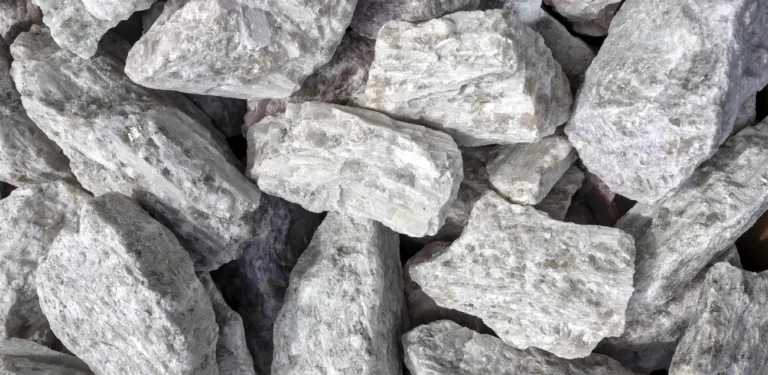
In 2024, the European Union experienced a significant trade imbalance in aluminium and related articles, importing €29.5 billion while exporting €18.4 billion, resulting in a trade deficit of €11.1 billion. Compared to 2019, aluminium imports increased by 29.9% (+€6.8 billion) and exports rose by 21.3% (+€3.2 billion). This surge in trade value occurred despite a decrease in the actual volume of traded aluminium. The figures suggest that rising prices, rather than volume, were the primary driver of the higher trade values.
Norway and China were the EU’s largest suppliers of aluminium and related goods in 2024, with imports valued at €4.4 billion and €3.9 billion, respectively. Türkiye (€2.8 billion), Iceland (€2.1 billion), and Switzerland (€1.7 billion) followed. Notably, imports from Iceland more than doubled (+104.9%) compared to 2019. Similarly, imports from Türkiye almost doubled (+95.4%).
On the export side, the United Kingdom was the leading destination, receiving €3.7 billion worth of aluminium from the EU. The United States and Switzerland followed with €2.6 billion and €2.4 billion, respectively. Exports to India saw the sharpest growth since 2019 at +135.6%. Türkiye also experienced substantial export growth at +66.7%.
In response to the increasing reliance on external sources, the European Commission is taking steps to enhance the EU’s production of critical materials. The EU has launched 47 strategic projects aligned with the Critical Raw Material Act of 2023. These projects aim to increase domestic mining to 10%, processing to 40%, and recycling to 25% of critical materials by 2030, encompassing metals like aluminium, copper, nickel, lithium, and rare earth elements.



